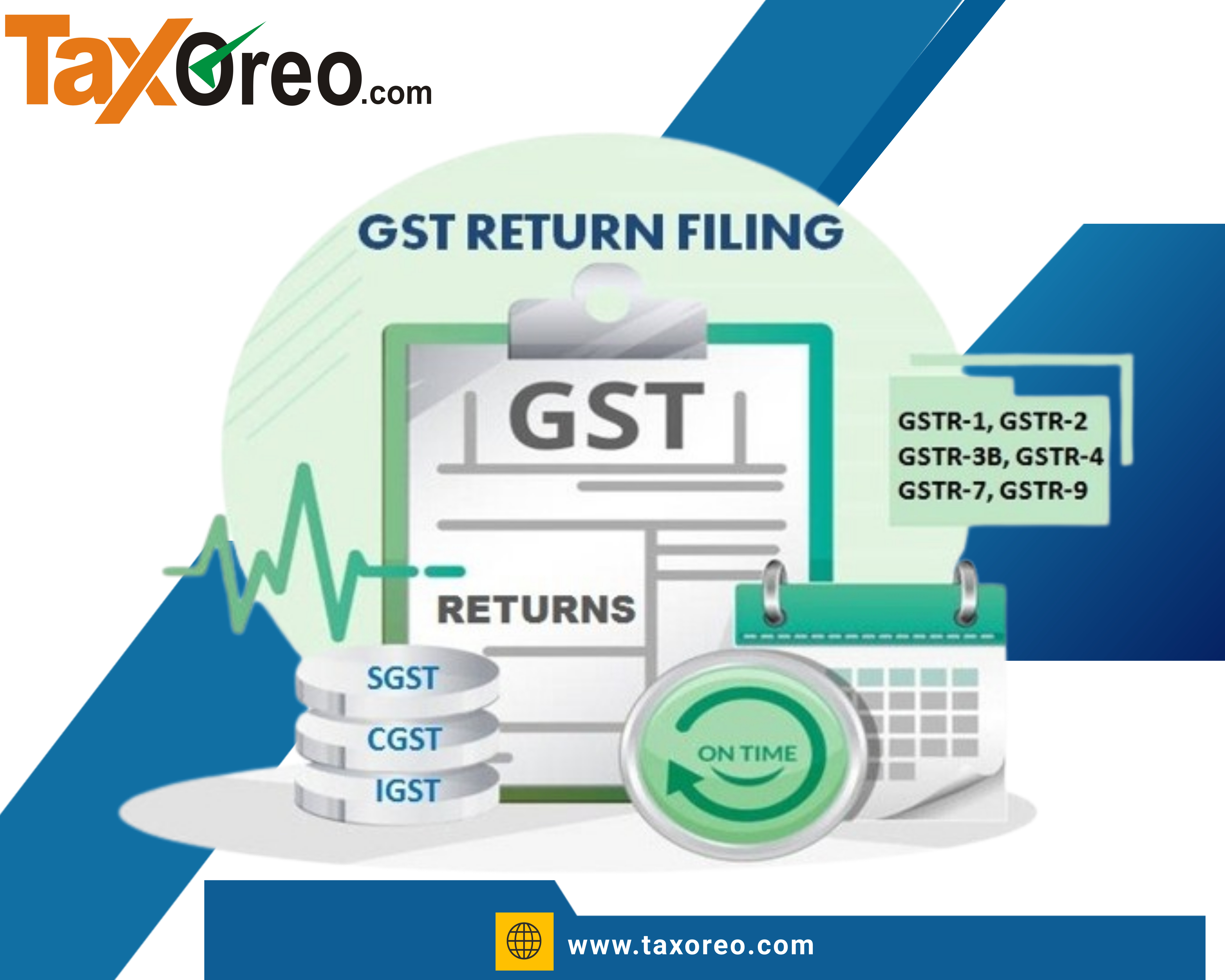
What is a GST Return?
A GST return is a document businesses must submit to the government to report their GST (Goods and Services Tax) liabilities. It calculates the amount of GST a business owes to the government and reports any GST credits the business is entitled to receive. GST returns must be filed regularly, usually monthly or quarterly.
Who should file GST Returns?
GST returns must be filed by all registered taxpayers under the Goods and Services Tax (GST) regime. This includes businesses, individuals, and other entities that are registered for GST.
What are the different types of GST returns?
1. GSTR-1: Every registered taxpayer must file this monthly or quarterly return. It contains information about all outward supplies made by the taxpayer.
2. GSTR-2: Every registered taxpayer must file this monthly or quarterly return. It contains information about all inward supplies received by the taxpayer.
3. GSTR-3: This is a monthly or quarterly return required of all registered taxpayers. It discloses the taxpayer's total tax liability.
4. GSTR-4: This is a quarterly return filed by all registered taxpayers who have chosen the composition scheme. It discloses the taxpayer's total tax liability.
5. GSTR-5: This is a monthly return filed by non-resident taxpayers. It contains information about all outward supplies made by the taxpayer.
6. GSTR-6: This is a monthly return that is filed by Input Service Distributors. It contains details of all inside supplies received by the taxpayer.
7. GSTR-7: This is a monthly return that is filed by taxpayers who are required to deduct tax at source. It contains details of all tax deducted at source by the taxpayer.
8. GSTR-8: This is a monthly return that is filed by e-commerce operators. It contains details of all outer supplies made by the taxpayer through the e-commerce
Due dates for filing the GST returns
The due dates for filing GST returns differ depending on the type of taxpayer. Typically, the due dates for filing GST returns are as follows:
1. For taxpayers who have an annual revenue of up to Rs. 1.5 crore:
Monthly returns: 20th of the following month
Quarterly returns: 20th of the month following the end of the quarter
Annual returns: December 31st of the following fiscal year.
2. For taxpayers with an annual turnover of more than Rs. 1.5 crore:
Monthly returns: 20th of the following month
Quarterly returns: 30th of the month following the end of the quarter
Annual returns: December 31st of the following fiscal year.
What are the penalties, late fees, and interest rates for not Filing GST Return?
Penalties:
1. If you fail to file your GST return on time, you may be liable to pay a penalty of up to 10% of the tax due or Rs. 10,000, whichever is higher.
2. If you fail to pay the tax on time, you may be subject to a penalty of up to 10% of the amount owed or Rs. 10,000, whichever is greater.
Late Fees:
1. You might have to pay a late fee of Rs. 100 for every day you miss the deadline to file your GST return, up to a maximum of Rs. 5,000.
2. You might be charged a late fee of Rs. 100 for each day that the tax is not paid on time, up to a maximum of Rs. 5,000, if you neglect to pay the tax that is due.
Interest Rates:
1. If you fail to pay the tax due on time, you may be liable to pay interest at the rate of 18% per annum, compounded monthly.
2. If you fail to file your GST return within the due date, you may be liable to pay interest at the rate of 18% per annum, compounded monthly.